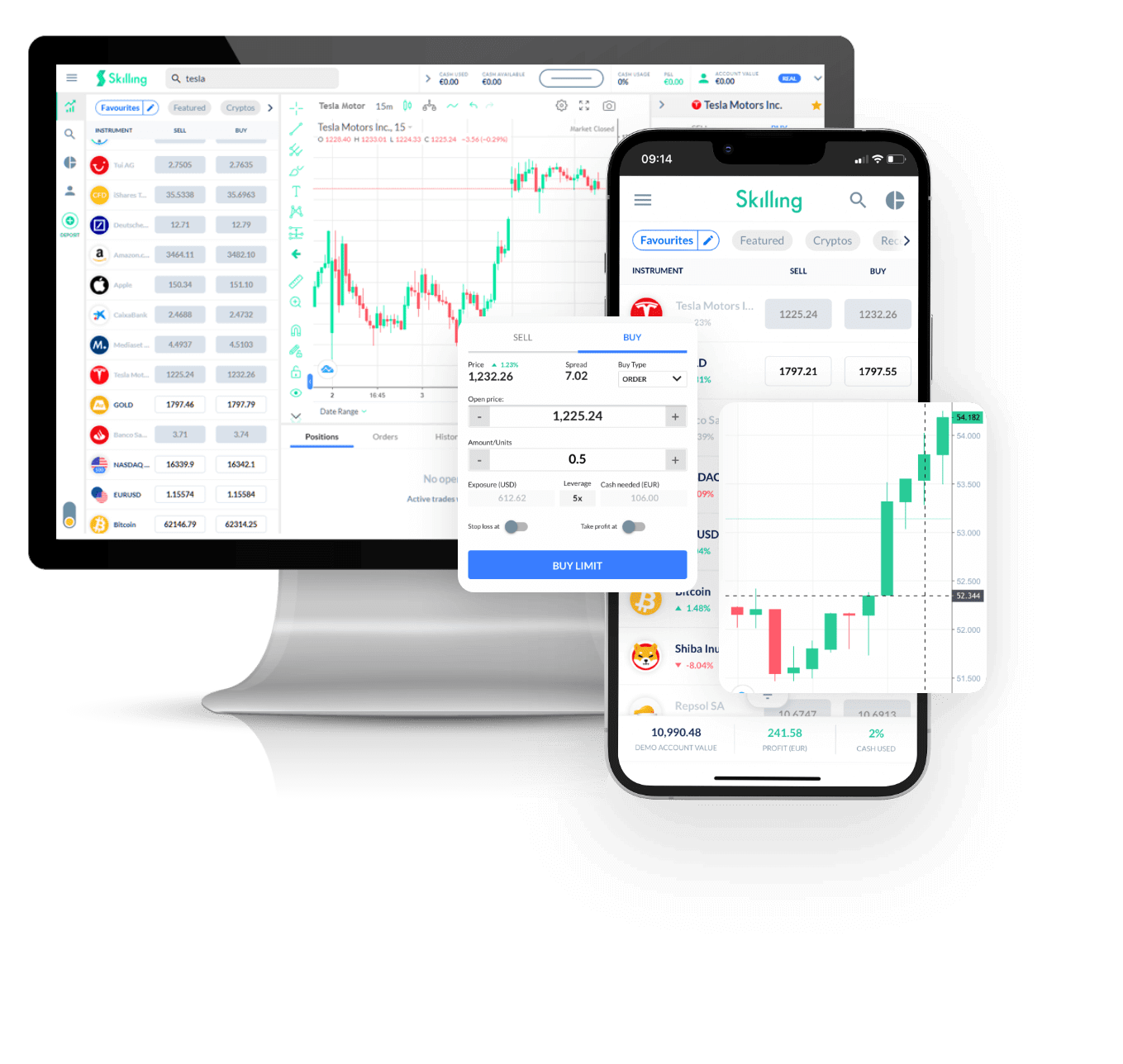Loading...
VXX chart
[[ data.name ]]
[[ data.ticker ]]
[[ data.price ]] [[ data.change ]] ([[ data.changePercent ]]%)
Low: [[ data.low ]]
High: [[ data.high ]]
About
History
Differences between Investing vs Trading
About
History
Differences between Investing vs Trading
VXX is the ticker symbol for the Chicago Board Options Exchange's CBOE Volatility Index. The Chicago Board Options Exchange (CBOE) was founded in 1973 and offers options on dozens of indices, including the SPX500, US100, and Russell 2000. VXX is the CBOE’s index for measuring the stock market’s volatility. It uses the SPX500 index as the basis for its calculations and is often referred to as the fear index because it provides an overview of how much the share price of the world’s biggest companies are fluctuating.
This overview is forward-looking. Specifically, it uses the prices of SPX500 index options and near-term expiration dates to generate a volatility projection for the next 30 days. Therefore, when you trade Indice VXX (VXX) price, you are, in essence, speculating on how much the stock markets will fluctuate over a 30-day period.
VXX has made volatility a tradable asset. When you trade the Indice VXX (VXX) price, you’re buying or selling against a value designed to represent the volatility of the stock markets. The history of Indice VXX (VXX) trading goes back to 2004 when the CBOE launched a VXX-based exchange-traded futures contract. In 2006, VXX options were made available to trade.
The Indice VXX (VXX) price opened within the $17 range in 2004. Between its launch and 2022, the Indice VXX (VXX) price has seen two significant spikes. The first took place between 2008 and 2009 and saw the VXX price jump to more than $75. The second was in 2020 when it peaked at more than $65.
Investing is where you buy a stake in an underlying asset and, therefore, have a direct interest in its value. Trading is where you speculate on price movements but don’t own the underlying asset. This allows you to take long (positive) or short (negative) positions on an asset. When it comes to trading Indice VXX (VXX), you can’t invest. What you can do, however, is speculate on Indice VXX (VXX) price movements by trading options, futures, or exchange-traded products (ETPs).
| Swap long | [[ data.swapLong ]] points |
|---|---|
| Swap short | [[ data.swapShort ]] points |
| Spread min | [[ data.stats.minSpread ]] |
| Spread avg | [[ data.stats.avgSpread ]] |
| Min contract size | [[ data.minVolume ]] |
| Min step size | [[ data.stepVolume ]] |
| Commission and Swap | Commission and Swap |
| Leverage | Leverage |
| Trading Hours | Trading Hours |
* The spreads provided are a reflection of the time-weighted average. Though Skilling attempts to provide competitive spreads during all trading hours, clients should note that these may vary and are susceptible to underlying market conditions. The above is provided for indicative purposes only. Clients are advised to check important news announcements on our Economic Calendar, which may result in the widening of spreads, amongst other instances.
The above spreads are applicable under normal trading conditions. Skilling has the right to amend the above spreads according to market conditions as per the 'Terms and Conditions'.

Trade [[data.name]] with Skilling
All major indices at industry-leading pricing.
Gain exposure to global markets via lower-risk, stock market indices.
- Trade 24/5
- Minimum margin requirements
- The tightest spreads
- Easy to use platform
FAQs
How is the VXX Index calculated?
+ -
The VXX Index is calculated using an algorithm that considers various inputs, including stock prices, options prices, and other market data. The index uses a weighted average of these inputs to create an estimate of future volatility. This means the VXX index can be used to gauge investor sentiment and predict market movements over the short term.
It's important to note that the VXX index is not an actual security but a measure of future market volatility. As such, it is often used by traders as an indication of what direction the markets are likely to move in over the near term.
What is the best time to trade VXX?
+ -The answer to this question largely depends on your trading strategy and risk tolerance. Generally, some traders would avoid trading VXX when the market is in a period of high volatility. This is because VXX tends to be more expensive during these times, which can result in losses if you get caught up in the frenzy. SOme would wait until the market calms down to buy VXX at a more reasonable price.
How to trade the VXX?
+ -
The VXX, or the Volatility Index, it's a measure of implied volatility in the US stock market, and moves inversely to the SPX500 index. As such, if you think that the stock market will decline, then it may be worth considering trading the VXX as a way to capitalize on that.
There are a few different ways to trade the VXX, depending on your trading platform. You can trade futures contracts or ETFs, or go with options or even buy and sell individual stocks related to the index. Futures contracts are usually more liquid than other forms of investment, making them ideal for active traders.
Why Trade [[data.name]]
Make the most of price fluctuations - no matter what direction the price swings and without capital restrictions that come with buying the underlying asset.
CFDs
Indices
Capitalise on rising prices (go long)
Capitalise on falling prices (go short)
Trade with leverage
Hold larger positions than the cash you have at your disposal
Trade on volatility
No need to own the asset
No commissions
Just low spreads
Manage risk with in-platform tools
Ability to set take profit and stop loss levels

